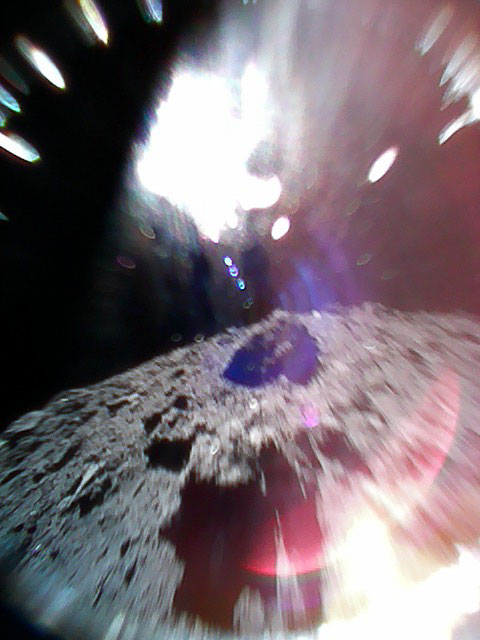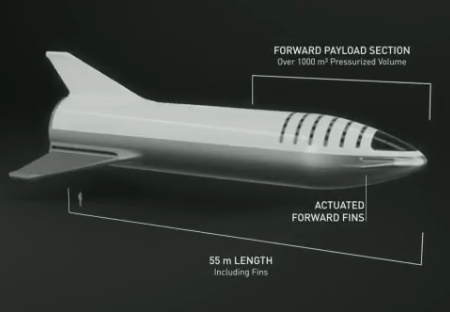Bill increases funding to FAA space office, adds other provisions
A bill about to be approved by Congress increases funding to the FAA Office of Commercial Transportation while also requiring that office to create several new regulatory positions.
The bill authorizes a significant increase in spending for the FAA’s Office of Commercial Space Transportation, or AST, from the $22.6 million it received in fiscal year 2018 to a little more than $33 million in 2019, growing to nearly $76 million in 2023. Appropriators, though, have not matched that authorized increase for 2019, with House and Senate versions of spending bills funding the FAA offering just under $25 million for AST.
The reauthorization bill includes several policy provisions associated with commercial spaceflight as well. One would require the FAA to designate an official within its air traffic organization to serve as the single point of contact for working with the head of AST on airspace issues associated with commercial launch activity.
Another provision establishes an “Office of Spaceports” within AST intended to support commercial licensing of launch sites and develop policies to promote infrastructure improvements at such facilities. It also requires AST to develop a report within one year of the bill’s enactment on spaceport policies, including recommendations on government actions to “support, encourage, promote, and facilitate greater investments in infrastructure at spaceports.” It directs the Government Accountability Office to prepare a separate report on ways to provide federal support for spaceports.
The bill creates a category of commercial spaceflight vehicles known as “space support vehicles” that cover parts of launch vehicles systems flying for other purposes, such as training or testing. Such vehicles would include the aircraft used by air-launch systems. The bill allows commercial flights of space support vehicles without the need for a full-fledged airworthiness certificate from the FAA.
It is hard to say if these provisions will help or hurt the growth of commercial space. It does appear that Congress’s goal was to help, but their methods always include more spending and greater bureaucracy.
The article also reviews a number of bills not yet agreed to by Congress that would address the regulation of Earth observation satellites as well as satellite servicing. It quotes a number of industry experts supporting the laws being proposed, but once again, it is unclear if those laws would help or hurt. My previous review of one of these laws presently working its way through the House was decidedly mixed. It will clarify and simplify many of the regulatory problems that presently exist, while creating more bureaucracy.
A bill about to be approved by Congress increases funding to the FAA Office of Commercial Transportation while also requiring that office to create several new regulatory positions.
The bill authorizes a significant increase in spending for the FAA’s Office of Commercial Space Transportation, or AST, from the $22.6 million it received in fiscal year 2018 to a little more than $33 million in 2019, growing to nearly $76 million in 2023. Appropriators, though, have not matched that authorized increase for 2019, with House and Senate versions of spending bills funding the FAA offering just under $25 million for AST.
The reauthorization bill includes several policy provisions associated with commercial spaceflight as well. One would require the FAA to designate an official within its air traffic organization to serve as the single point of contact for working with the head of AST on airspace issues associated with commercial launch activity.
Another provision establishes an “Office of Spaceports” within AST intended to support commercial licensing of launch sites and develop policies to promote infrastructure improvements at such facilities. It also requires AST to develop a report within one year of the bill’s enactment on spaceport policies, including recommendations on government actions to “support, encourage, promote, and facilitate greater investments in infrastructure at spaceports.” It directs the Government Accountability Office to prepare a separate report on ways to provide federal support for spaceports.
The bill creates a category of commercial spaceflight vehicles known as “space support vehicles” that cover parts of launch vehicles systems flying for other purposes, such as training or testing. Such vehicles would include the aircraft used by air-launch systems. The bill allows commercial flights of space support vehicles without the need for a full-fledged airworthiness certificate from the FAA.
It is hard to say if these provisions will help or hurt the growth of commercial space. It does appear that Congress’s goal was to help, but their methods always include more spending and greater bureaucracy.
The article also reviews a number of bills not yet agreed to by Congress that would address the regulation of Earth observation satellites as well as satellite servicing. It quotes a number of industry experts supporting the laws being proposed, but once again, it is unclear if those laws would help or hurt. My previous review of one of these laws presently working its way through the House was decidedly mixed. It will clarify and simplify many of the regulatory problems that presently exist, while creating more bureaucracy.




